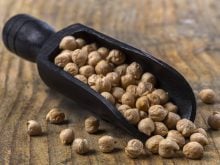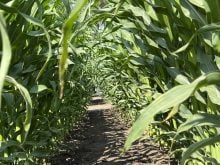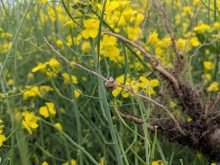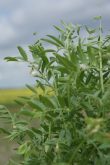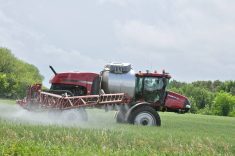CARMAN, Man. — Attendance at the 2023 Manitoba Crop Diagnostic School in mid-July was back to pre-COVID numbers, with 400 agronomists and 50 farmers signing up for one of the six available field days.
They limited attendance at 75 people per day. There was a farmer specific day with about 50 attendees.
The event was organized by Manitoba Agriculture and the University of Manitoba. The school has run it since 1996 at the Ian Morrison Research Farm. The event is designed to refine the diagnostic skills of farmers and agronomists involved in field scouting and assessing crop health. This year, there were sessions on diseases, insects, weeds and soils.
A session on how disease impacts rotations was conducted by plant pathologist David Kaminski, along with Anne Kirk, cereals specialist with Manitoba Agriculture. They seeded multiple crops on various crop stubble cover to mimic typical rotations on Manitoba farms.
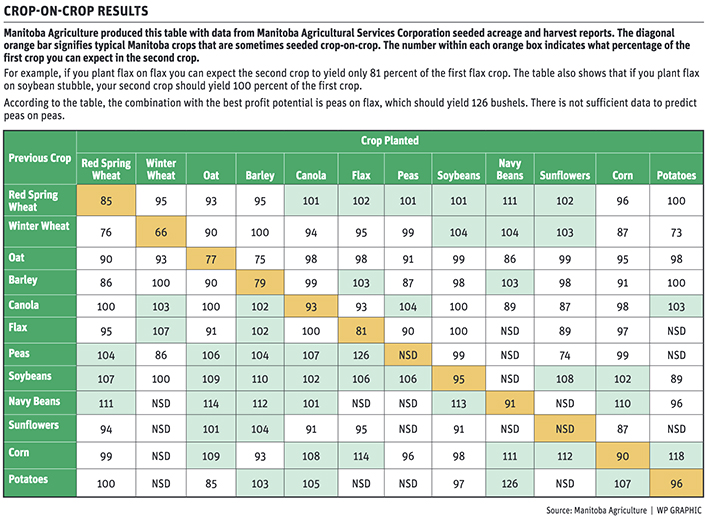
Kirk said rotations under study were planned with the intent of increasing plant disease for observation purposes. The disease session focused on smuts, bunts and bacterial blight.
Since farmers provide seeded acreage and yield reports to Manitoba Agricultural Services Corp. for insurance, all their rotations and yields go into a data bank. Kirk said this gave agronomists and researchers a strong data set indicating how each crop can be expected to perform following the previous crop.
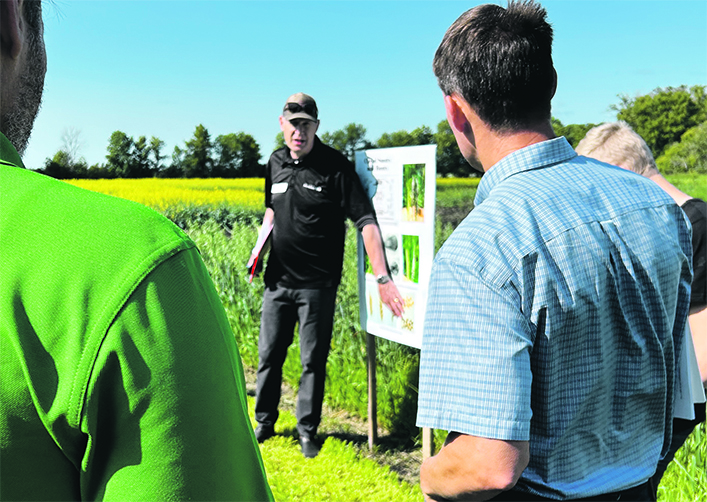
“In some demos, we seeded perpendicular to the previous crop. And we seeded oats on oats, and barley on barley, trying to facilitate more disease growth. This gives us something to show people what can happen with that kind of planning,” Kaminski said.
“We deliberately try to make mistakes. In these plots, we try to do the wrong thing just to set a bad example. Our motto is, ‘we break it, so you don’t have to fix it.’ We demonstrate how not to farm.”






